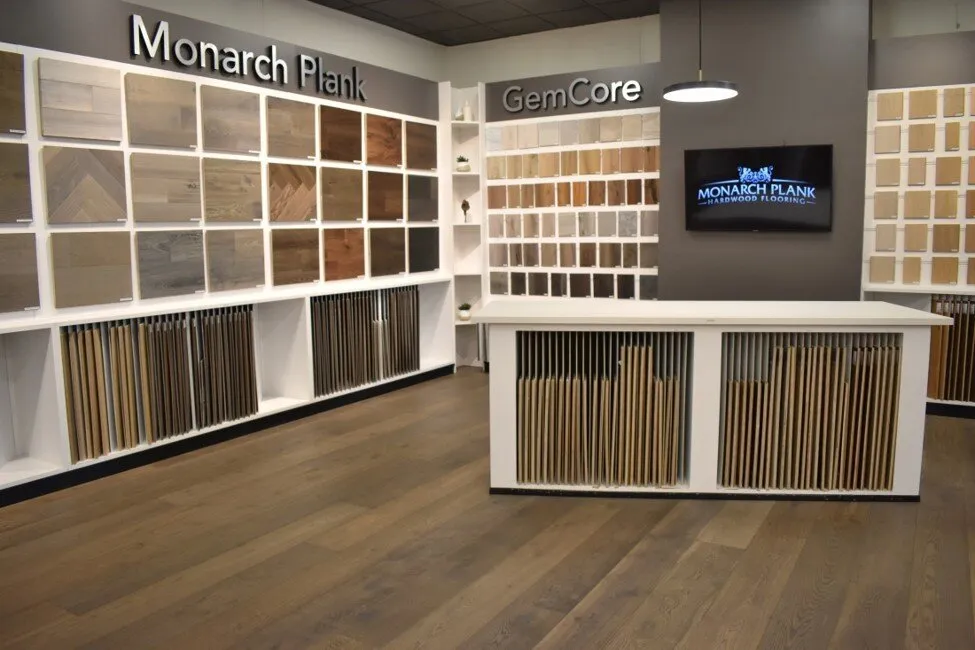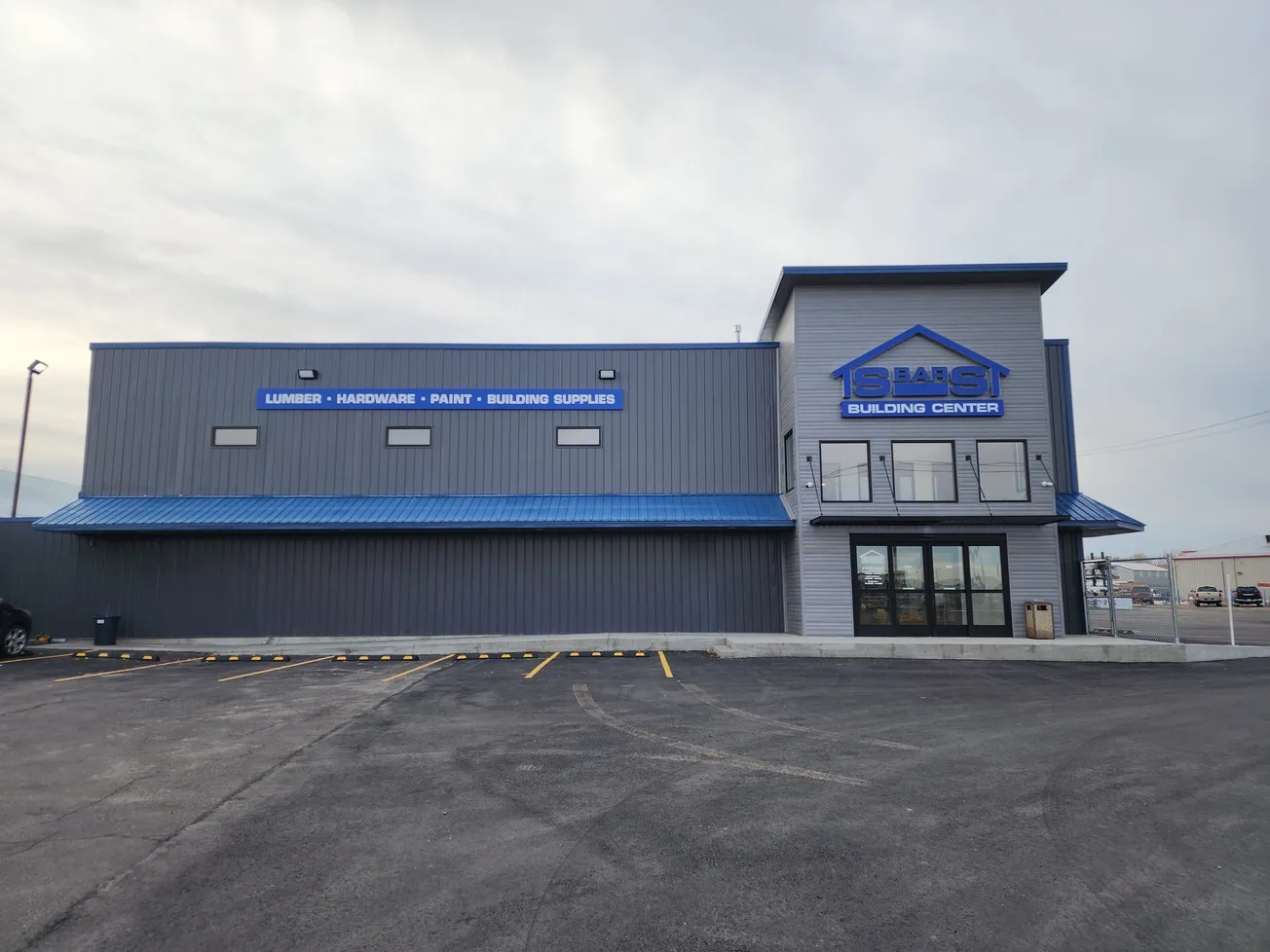Table of Contents
Say what you will about the ongoing pandemic, but valuable lessons have been learned. First, the wood industry is essential business. Second, working from home is no longer a pipe dream for many in the American workforce. Third, homeowners are investing in creating or updating their home offices. And as wood dealers and distributors know, wood—especially a beautiful, versatile, and distinctive species like cypress—is ready to get to work.
Over the past year, many homeowners found themselves struggling to find adequate space to work from home, which has led to a surge in home office projects around the country and increased demand for wood products.
Keilen Hyatt, from BlueLinx in Lakewood, Fl., says, “I think a lot of what we’re seeing is folks not able to go on vacation, so they’re spending more time at home and using their vacation money on home upgrades.
“Business has been good and there’s been a noticeable uptick in demand for cypress,” he adds. “Availability is key, as with any wood species, but cypress products are moving well—particularly our pattern stock—and we’re also able to offer fast turnaround times on lumber, boards, and timber in multiple sizes by working closely with our suppliers.”
When it comes to utilizing these products in home offices, Zack Rickman from Atlanta Hardwood Corp., Mableton, Ga., sees a great opportunity for the wood industry.
“Homeowners value having a comfortable space where they can be productive,” he explains. “People are willing to invest in high-quality products like real wood paneling, solid doors, and furniture that’s built to last. And that’s where a wood species like cypress flourishes, because it will stand up to everyday wear and tear—and look great doing it.”
So how are design professionals putting cypress to work in homes?
Architect Geoff Chick from Santa Rosa Beach, Fl., says homeowners are looking for quiet spaces with some privacy. “I recently worked with a homeowner who wanted a secret office space that he could close off to the house as needed,” he says. “Aesthetically, we chose to build a barn door from cypress because of the wood’s natural beauty and character. And all said and done, the cypress barn door steals the show—open or closed.”
Chick also suggests dressing up plain walls and ceilings. “I like working with natural materials and light finishes to evoke calmness and serenity,” he explains. “For example, pecky cypress paneling or ceiling planks can add a layer of detail and texture to an office. The wood has a unique way of making spaces feel more authentic; it exudes timelessness and irreplaceable character.”
Jane Frederick of Frederick + Frederick Architects in Beaufort, S.C., and immediate past president of the American Institute of Architects, is a proponent of using cypress for custom furniture.
“When picking out a high-quality desk, there are two important factors to consider: design and comfort,” she says. “Touching a solid surface speaks to the quality of construction. I once designed a desk made out of solid, river-recovered cypress, with a live-edge walnut top and plenty of storage. It’s built to last and stunningly beautiful.
Some homeowners are getting more creative with their work from home space by building their own desks using wood slabs and adjustable height legs.
“For desk tops, I like cypress, particularly pecky or sinker cypress, because it’s easy to work with, offers natural character, and slabs can be found in intriguing shapes,” Julian Murphy a woodworker from Houma, La. “Once your desk surface is ready, you can easily attach motorized, adjustable-height desk legs or a traditional base.”









